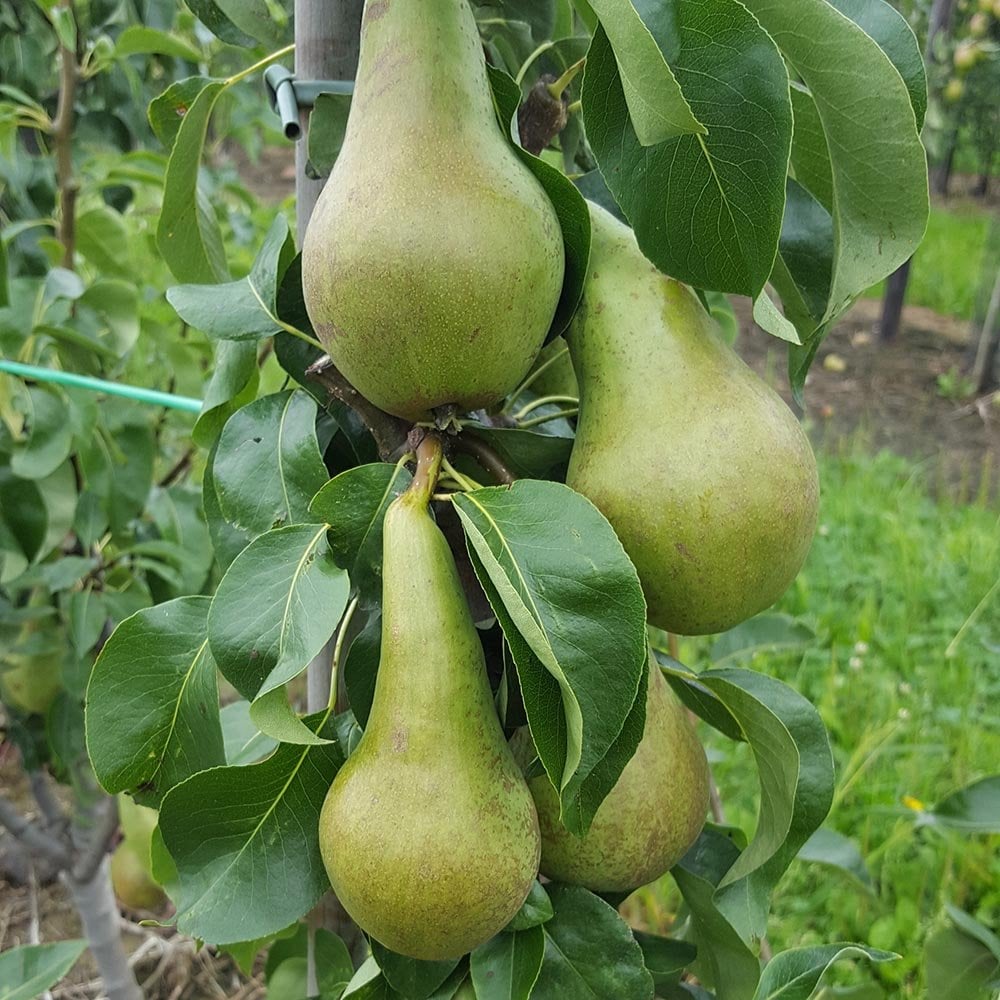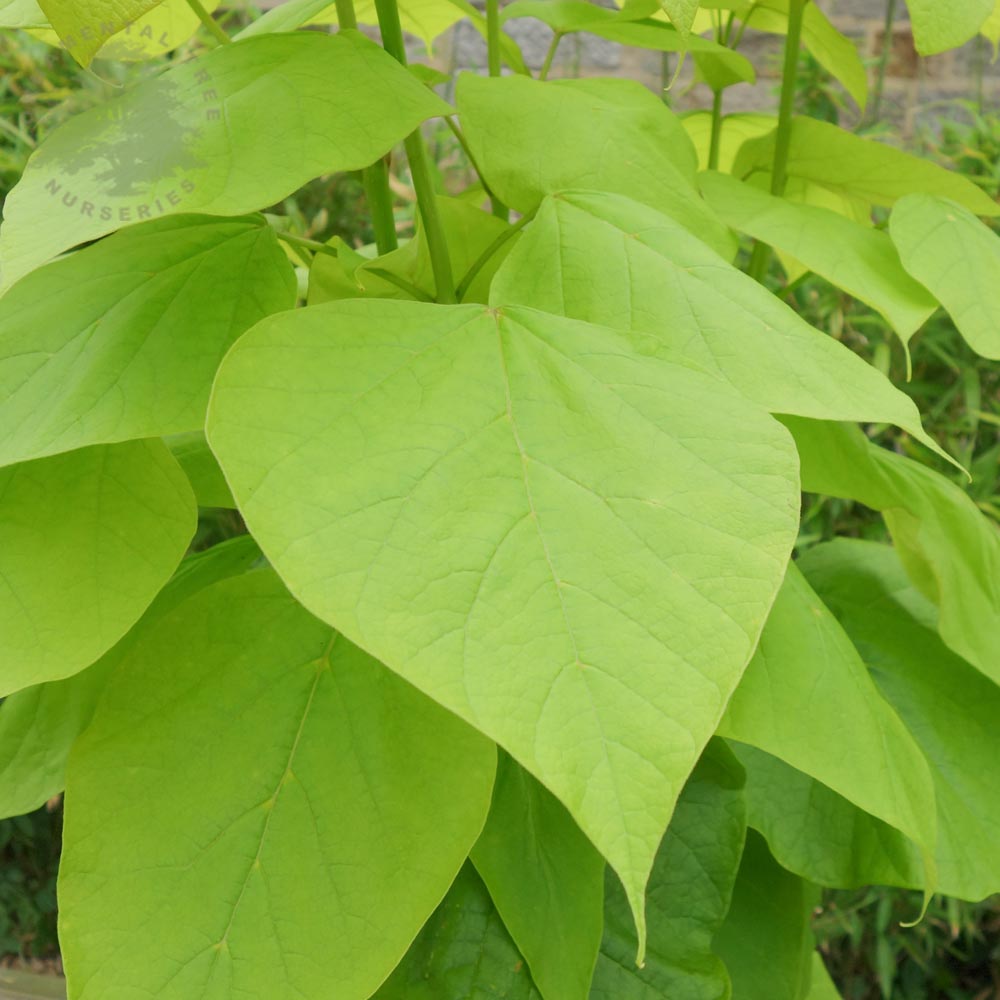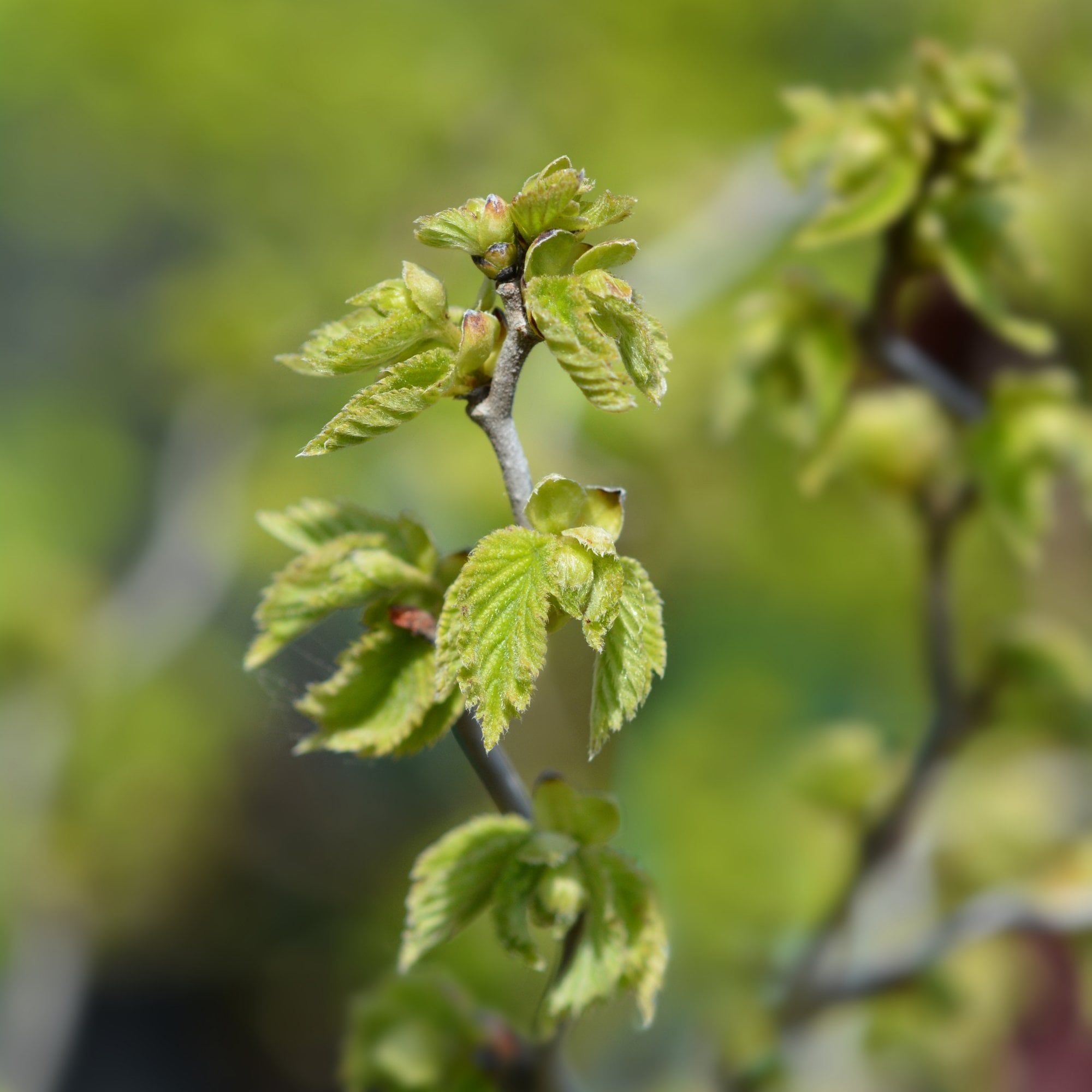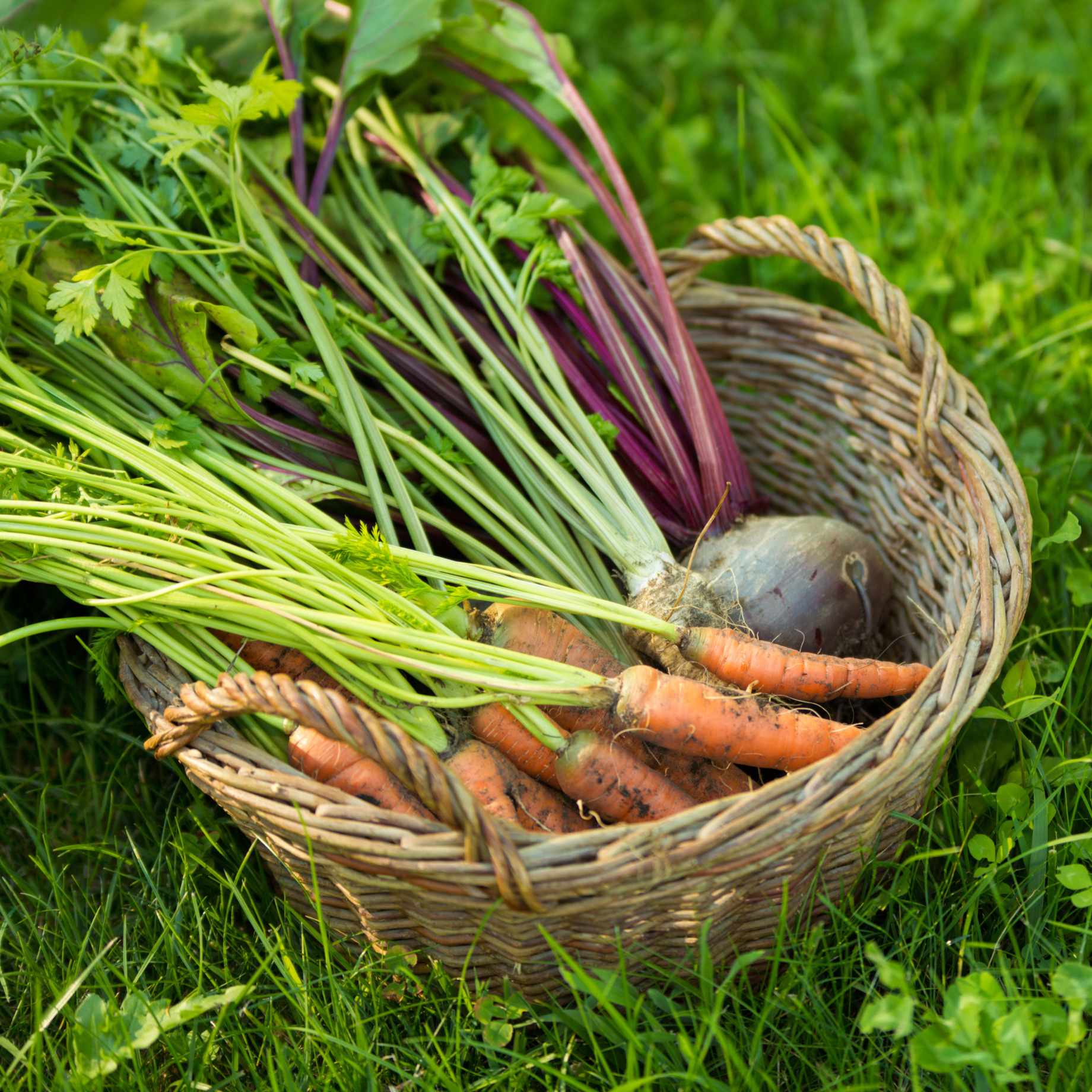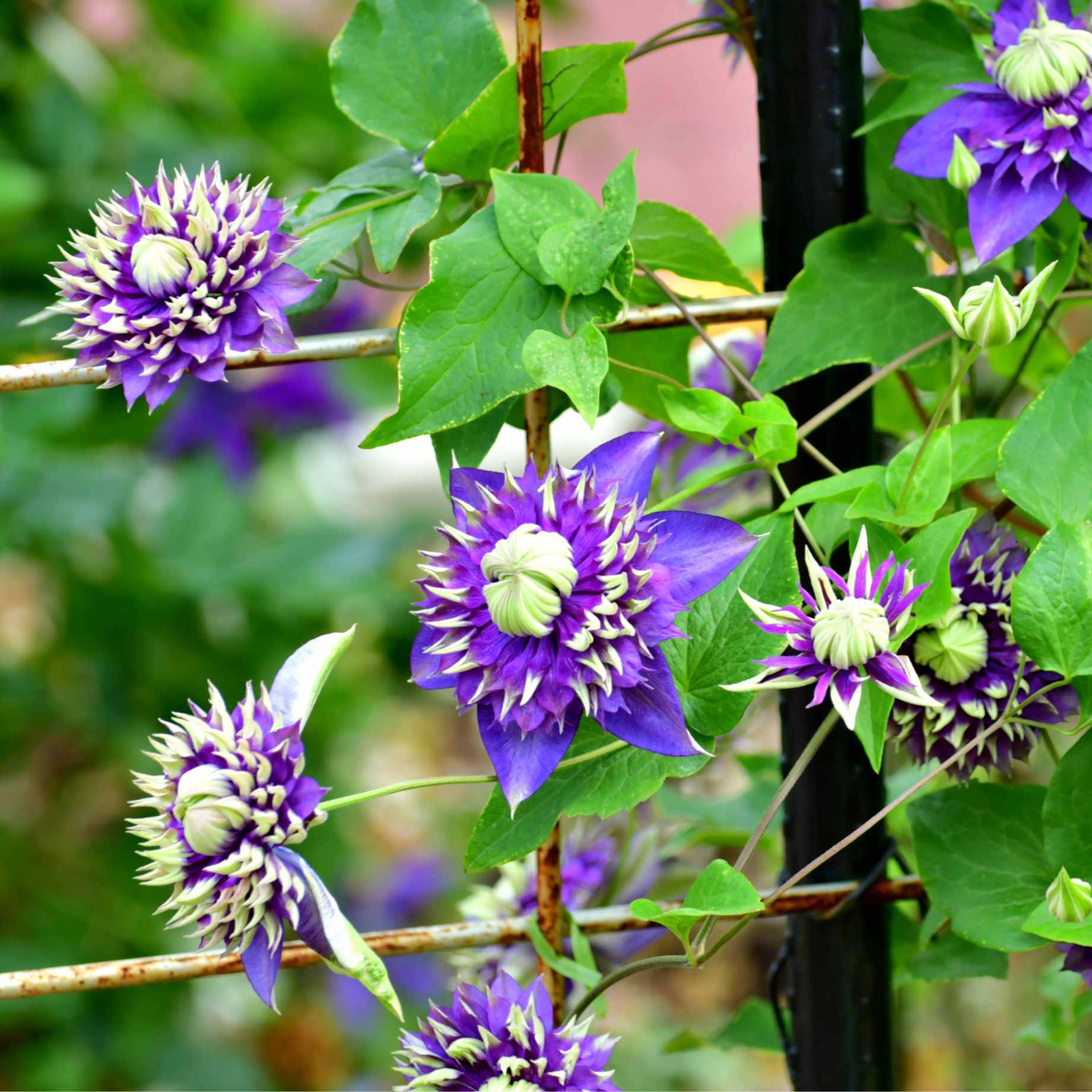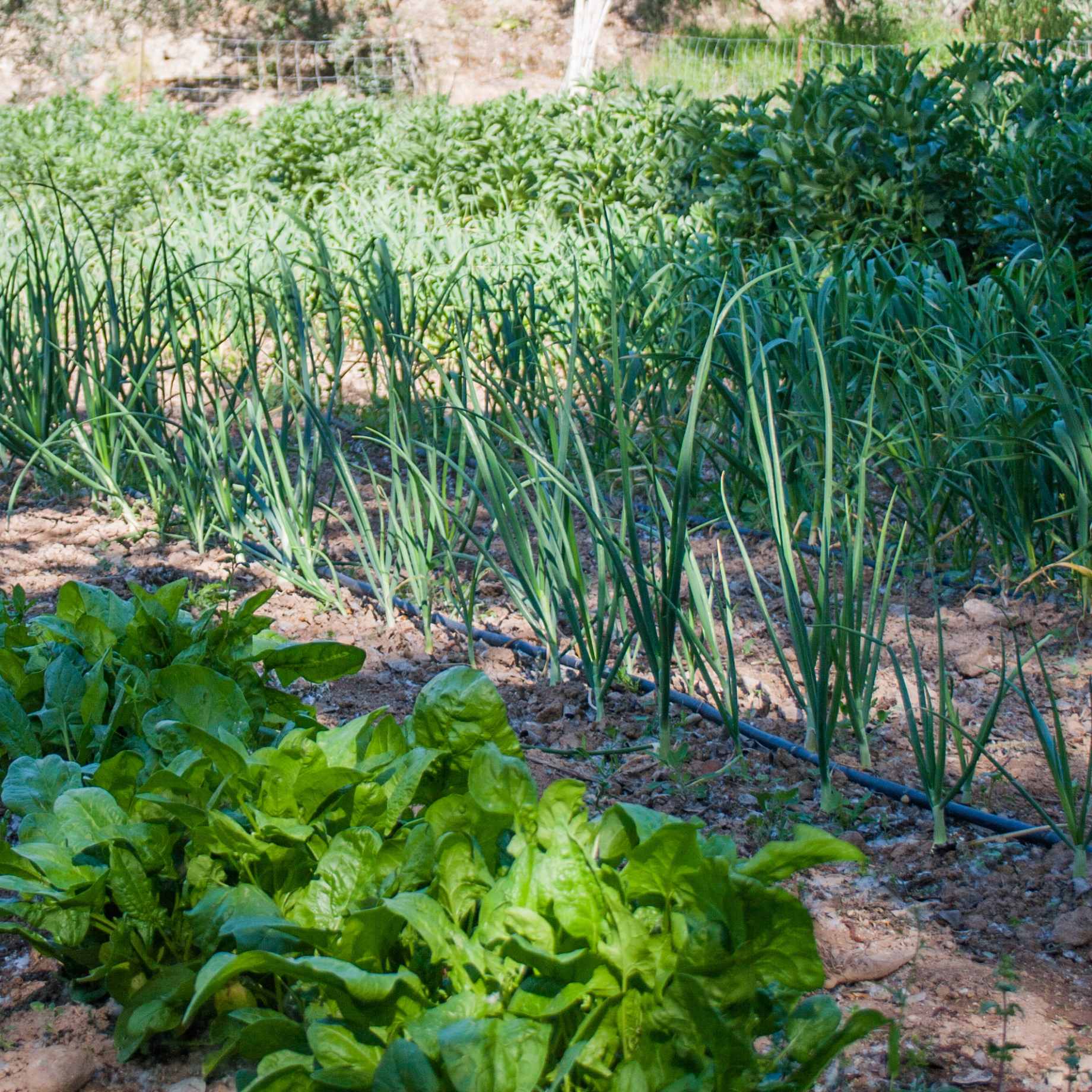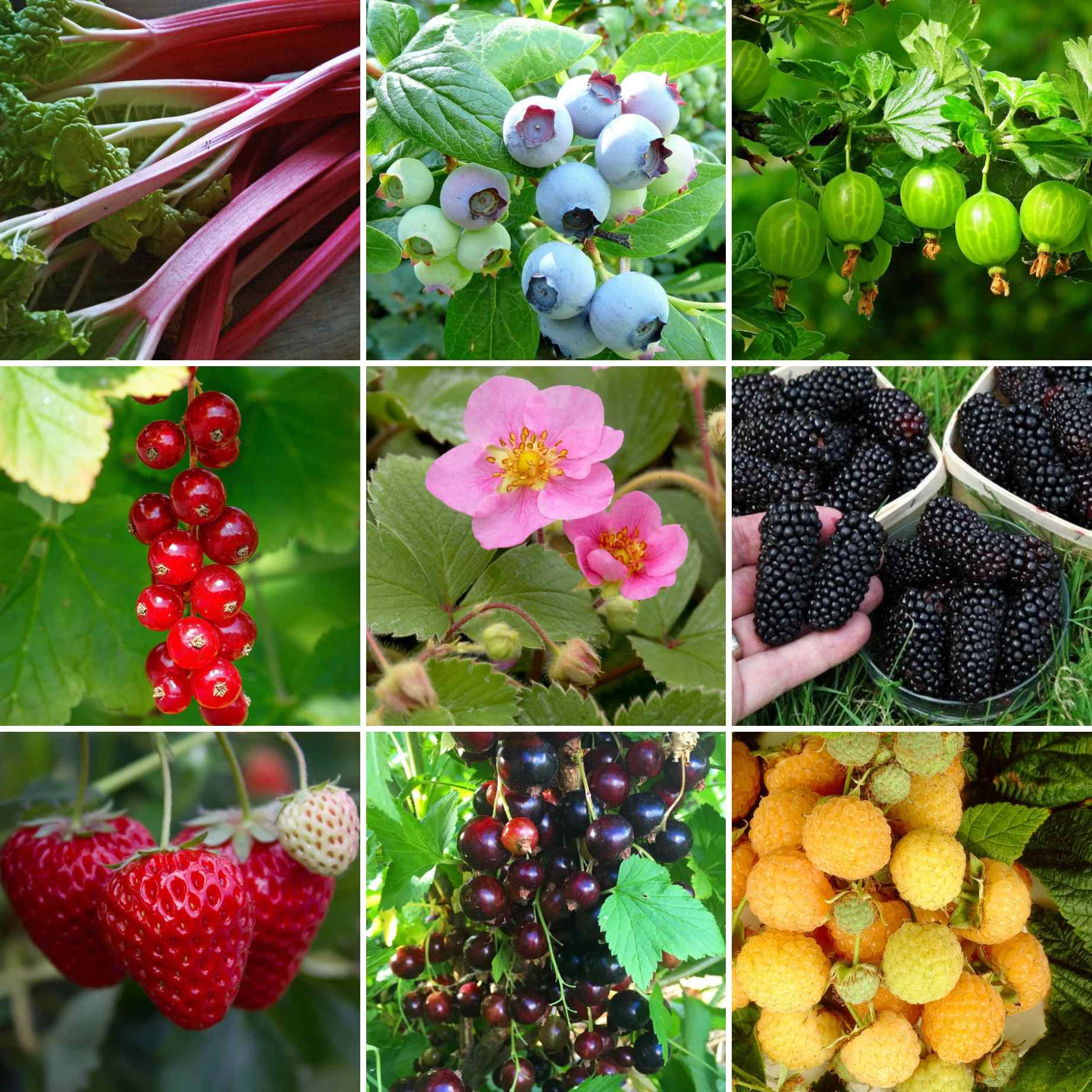Key features
Final sizeQuince C (dwarf) 2m, Quince A (semi vigorous) 3-3.5m in 10 years
FruitEating pear
Pollination groupSelf fertile
Cropping periodMid season (Late September)
Description
Conference Moors Giant is, as the name implies, a larger-fruited version of the popular Conference variety. It was discovered in an orchard in Belgium and the pears can be up to 40% larger then the original variety.
Cropping in September, these eating pears have sweet and juicy flesh that taste like the original Conference. The skin is yellow-green with areas of russet. Giant Conference is an easy to grow, self-fertile variety that requires no other pollinator.
Pyrus communis ‘Conference Moors’ originates from Belgium.
Planting Steps
1Preparation
- Pot-grown plants can be planted at any time of year, whereas bare roots need to be planted between November and March.
- Clear weeds and grass within a metre of the planting hole.
- Dig a hole as deep as the root mass and twice as wide.
- To help your plant establish more effectively, sprinkle Rootgrow in the hole.
2Planting
- Gently loosen the roots and place into the planting hole.
- Ensure the top of the plant’s compost is flush with the level of the surrounding soil and the graft union or collar of the tree is above ground level.
- Mix 50% of the original soil with 50% compost.
- Fill in the hole, firming the soil gently.
3Last Steps
- Water generously around the base of the plant.
- If you are planting either a single stem tree or mature standard tree, we recommend adding a staking kit and rabbit guard.
Aftercare Advice
Trees and shrubs require a good watering regime for a couple of years whilst they establish. Water well and regularly through spring and summer, increasing in hot or dry weather. If planting in autumn, you may only need to water a little. It is advisable to keep the area free of competing weeds and grass during this period.
For more detailed advice and video guides, please visit our Help & Advice section.

